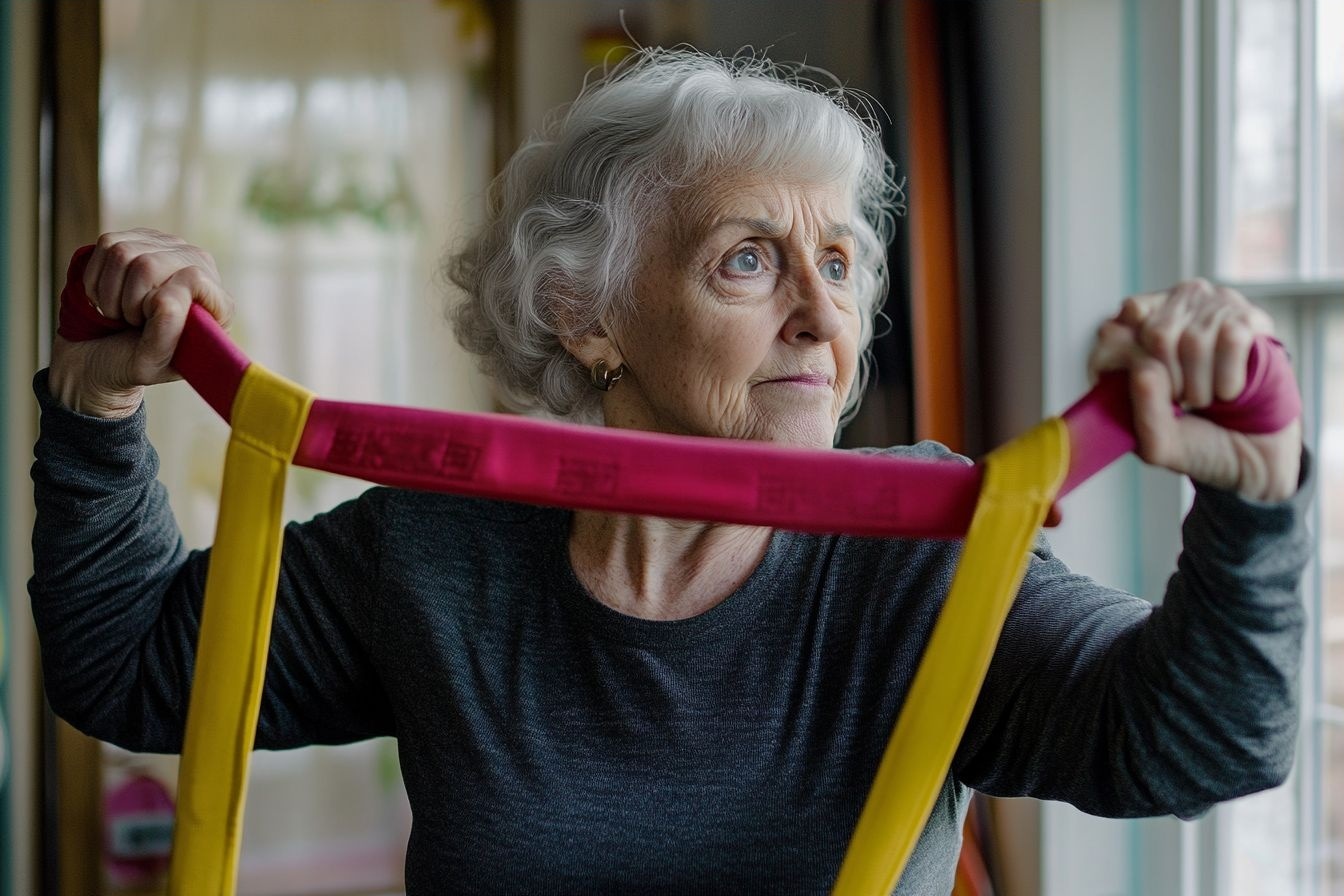Senior Health: Practical Ways to Stay Active and Well
As we age, maintaining independence, mobility, and overall wellbeing becomes a central priority. Seniors who embrace regular movement, balanced nutrition, social connection, and preventive care often report better quality of life. This article looks at realistic, evidence-informed approaches to senior health that promote strength, balance, and resilience for older adults and the elderly.

This article is for informational purposes only and should not be considered medical advice. Please consult a qualified healthcare professional for personalized guidance and treatment.
How can fitness support senior independence?
Regular fitness activities help seniors maintain muscle strength, joint flexibility, and cardiovascular endurance—key components for everyday tasks like climbing stairs, carrying groceries, or getting up from a chair. A consistent routine that includes strength training, balance practice, and light aerobic work can reduce the risk of falls and make daily living easier. Fitness for older adults should be individualized: start with achievable goals, monitor progress, and adjust intensity to match current abilities. Even modest improvements in strength and endurance often translate to more confidence and independence at home.
What should seniors focus on daily?
Daily priorities for seniors usually include mobility, nutrition, hydration, cognitive engagement, and sleep. Simple habits—walking for short periods, doing seated stretches, drinking water regularly, and keeping a varied plate of vegetables, lean protein, and whole grains—support overall health. Mental stimulation, whether through reading, puzzles, or conversation, helps preserve cognitive function. Consistent sleep routines and fall-prevention measures, such as keeping walkways clear and using adequate lighting, provide practical day-to-day protection for wellbeing.
Which exercises suit elderly needs?
Low-impact, functional exercises are often the best match for elderly participants. Strength work using resistance bands, bodyweight exercises like sit-to-stands, and light dumbbell routines build muscle safely. Balance exercises—heel-to-toe walks, single-leg stands (with support nearby), and gentle tai chi—improve stability. Aerobic activities such as brisk walking, water aerobics, or stationary cycling boost heart health without excessive joint stress. The right mix depends on medical history, mobility, and personal preference, so consult a clinician or physical therapist before starting a new plan.
How to build safe exercise routines?
Safety is essential when designing exercise for seniors. Begin with a brief warm-up, choose exercises that mimic daily movements, progress intensity slowly, and include rest days to allow recovery. Use modifications—seated options, slower tempo, or shorter sessions—to match current fitness levels. Pay attention to pain signals; sharp or worsening pain deserves prompt medical evaluation. For many older adults, working with a qualified trainer experienced with seniors or attending supervised classes through community centers or local services provides structure and reduces injury risk.
How does nutrition tie to senior health?
Nutrition and exercise work hand-in-hand for healthy aging. Adequate protein helps preserve muscle mass, while calcium and vitamin D support bone health. Fiber-rich foods aid digestion, and a colorful assortment of fruits and vegetables supplies antioxidants and essential vitamins. Hydration is frequently overlooked—older adults may have a blunted sense of thirst, so regular fluid intake is important. If appetite or weight loss is a concern, a healthcare provider or dietitian can recommend tailored strategies, including nutrient-dense snacks or oral supplements when appropriate.
A balanced approach to senior health also values social connection, mental wellbeing, and preventive healthcare. Group fitness classes, walking clubs, or community center programs provide both exercise and social interaction, which can improve mood and adherence. Regular medical checkups, medication reviews, vision and hearing assessments, and vaccinations remain part of a proactive plan to manage chronic conditions and detect issues early. Many communities offer in your area resources like senior centers, supervised exercise sessions, and transportation assistance to help older adults stay engaged and active.
In conclusion, supporting senior health means combining sensible exercise, targeted fitness goals, sound nutrition, and preventive care, all tailored to individual needs. Small, consistent steps—improving balance, building strength, staying hydrated, and connecting with others—add up to meaningful gains in independence and quality of life for seniors and the elderly.






